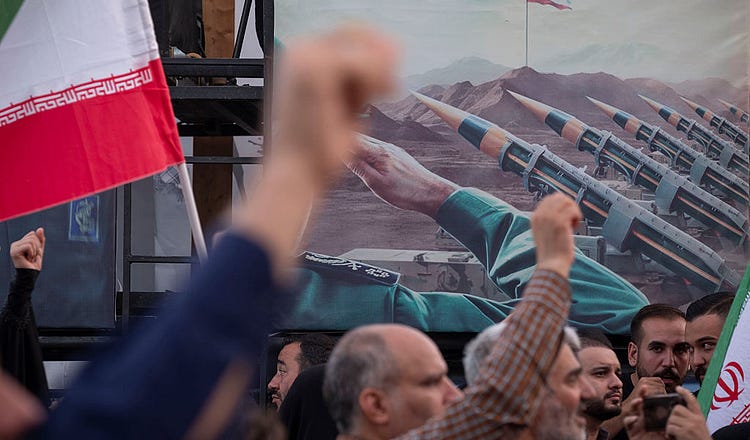
In November 2020, Tehran’s city council renamed a street in the northeast of the capital, in the shadow of the snowcapped Alborz Mountains. The thoroughfare was christened Fakhrizadeh Street, after a scientist who Israeli and U.S. officials say oversaw Iran’s covert nuclear weapons program for at least a decade. Days earlier, Mossad operatives had gunned down Mohsen Fakhrizadeh as he drove his car in an eastern suburb of Iran’s capital.
Fakhrizadeh Street today abuts a sports stadium, but is also home to the Ministry of Defense office that coordinated all of the nuclear scientist’s work, which goes by the acronym SPND. Twice in the past two weeks—on June 15 and June 20—Israeli fighter jets pounded SPND with bombs, gutting the multistory building and sending thick black smoke into the famously smoggy Tehran sky. The Israeli Defense Forces posted on X a video of their military operation. The symbolic significance was clear: The strike was a central part of the 12-day campaign by Israel and the U.S. to destroy, or degrade as much as possible, Iran’s nuclear program, and with it Fakhrizadeh’s legacy.
Now that the dust has settled on the war against Iran, allied and enemy intelligence agencies, the United Nations, and independent nuclear experts are working around the clock to assess the damage caused by the coordinated military campaign and answer a crucial question: By how much have the strikes set back Iran’s nuclear program?


